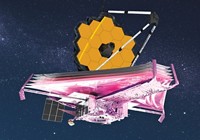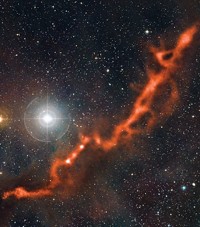Advertisement
Grab your lab coat. Let's get started
Welcome!
Welcome!
Create an account below to get 6 C&EN articles per month, receive newsletters and more - all free.
It seems this is your first time logging in online. Please enter the following information to continue.
As an ACS member you automatically get access to this site. All we need is few more details to create your reading experience.
Not you? Sign in with a different account.
Not you? Sign in with a different account.
ERROR 1
ERROR 1
ERROR 2
ERROR 2
ERROR 2
ERROR 2
ERROR 2
Password and Confirm password must match.
If you have an ACS member number, please enter it here so we can link this account to your membership. (optional)
ERROR 2
ACS values your privacy. By submitting your information, you are gaining access to C&EN and subscribing to our weekly newsletter. We use the information you provide to make your reading experience better, and we will never sell your data to third party members.
Analytical Chemistry
Spectrum Links Hydrocarbon To Space
The first high-resolution infrared spectrum of protonated naphthalene helps clear up a tangled forest of spectral lines seen in space
by Elizabeth K. Wilson
September 14, 2009
| A version of this story appeared in
Volume 87, Issue 37
The first example of a high-resolution infrared spectrum of protonated naphthalene has been recorded in a laboratory, and it is helping astronomers make sense of a confusing collection of molecular signatures of organic compounds observed in interstellar space (Astrophys. J. 2009, 702, 301). The mid-IR range in space is clogged by a dense forest of spectral lines, dubbed the unidentified IR (UIR) bands. Astronomers have suspected that the vibrations of large molecules such as polycyclic aromatic hydrocarbons (PAHs) are responsible for many of these bands, “but there was never any IR spectroscopy on these species to test the idea,” explains University of Georgia’s Michael A. Duncan, who led the study. Duncan’s group measured the spectrum of a cold supersonic beam of protonated naphthalene—one of the smallest PAHs—noting lines at 7.7 and 8.6 μm and, in particular, a strong spectral line at 6.2 μm, matching those seen in space. Astronomers have observed the latter line in space for many years, but no one had ever tied it to a particular molecule. Although protonated naphthalene’s lab spectrum contains other lines, the new work suggests that larger protonated PAHs are responsible for most of the bands in the UIR region.




Join the conversation
Contact the reporter
Submit a Letter to the Editor for publication
Engage with us on Twitter